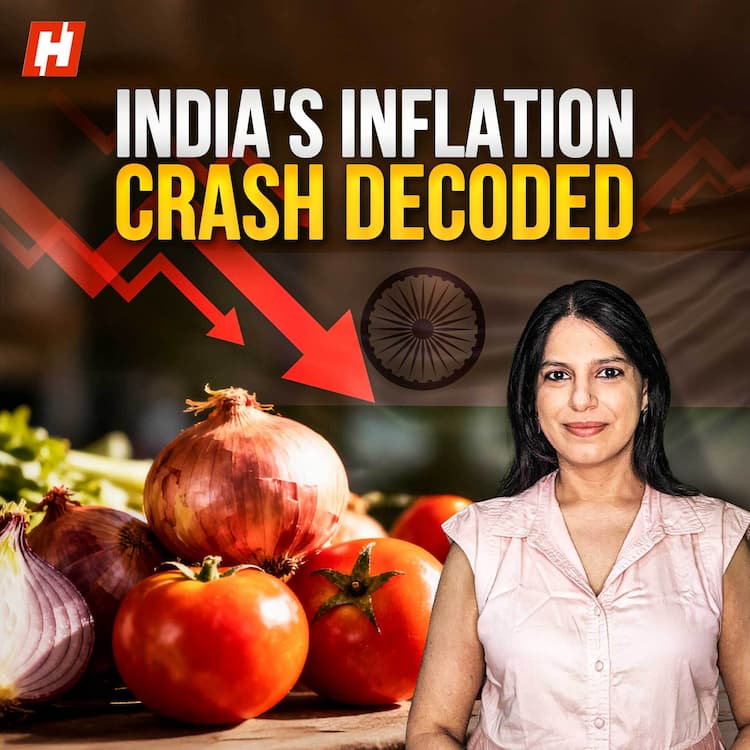In the mid-1970s, India was riding a wave of economic nationalism. Post-Emergency, the vibe was all about promoting local businesses and keeping foreign companies in check. Enter Coca-Cola, a major player in the beverage scene since 1950, but not quite fitting into the new narrative.
The Janata government that came to power after the Emergency was determined to put locals in charge. They were like, “We want our own people running the biz!” This shift meant that Coca-Cola, despite its popularity, was seen as an outsider. The government wanted to ensure that Indian brands flourished without being overshadowed by foreign giants.
Coca-Cola was making big bucks and sending profits back home, which didn’t sit well with the Indian government. They were like, “Hey, keep that cash in the country!” The focus was on retaining wealth within India to boost the local economy, and this sentiment was growing stronger.
The Ownership Tussle Then came the Foreign Exchange Regulation Act (FERA) in 1974, which added fuel to the fire. This law required foreign companies to reduce their ownership stake to just 40% in their Indian operations. Coca-Cola found itself cornered—this wasn’t just a minor tweak; it was a complete overhaul of their business model.
To make matters worse, India demanded that Coca-Cola reveal its secret formula for making its iconic drink. Coca-Cola’s response? A firm “Nope!” The company was not willing to share its closely guarded trade secret, which had been a key part of its brand identity since its inception.
The Options & The Standstill
In an attempt to navigate these challenges, Coca-Cola proposed a two-entity setup to protect its formula while complying with FERA. However, the Janata government shot this down, saying “Nah, not happening.” This left Coca-Cola with few options.
By 1977, with negotiations at a standstill and no path forward, Coca-Cola made the dramatic decision to exit India. This move aligned perfectly with the anti-foreign sentiment of the time and marked a significant moment in India's economic history.
After Coca-Cola's departure, Indian brands like Campa Cola, Gold Spot, and Thums Up quickly filled the void left behind. These local brands thrived in the absence of Coke, proving that Indian consumers were ready for homegrown alternatives.
Fast forward to October 24, 1993, when Coca-Cola made its return to India after a 17-year hiatus. With India opening up its economy to foreign investments in the early '90s, Coca-Cola seized the opportunity to re-enter this lucrative market. The comeback was celebrated with a colourful parade in Agra near the Taj Mahal, signalling that Coke was back in action.
This time around, Coca-Cola adopted a strategy of acquiring local brands like Thums Up to compete effectively against rivals like Pepsi. Today, Coca-Cola is deeply embedded in Indian culture and continues to thrive as one of the leading beverage brands in the country.





